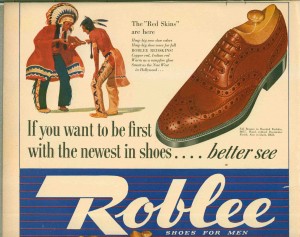Anthropology
Weird Science - I Sing The Body Eccentric
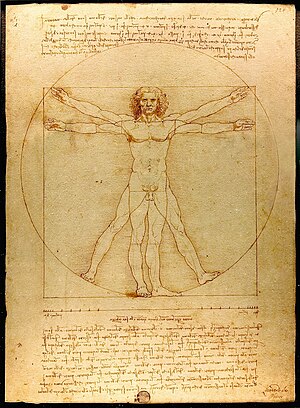
Social pressure also crops up in explaining another finding this week, this one by Meridith Young of McMaster University in Ontario, that what single women eat depends a lot on whom they are eating with. After covertly monitoring the canteen behaviour of 470 undergraduates, Young found that women significantly lowered their calorie intake when sat with men compared with all women groups. Moreover, the more men a woman sat with, the less on average she consumed. In the journal Appetite, she puts the discrepancy down to women unconsciously advertising themselves to men, adding "the salad leaves are meant to say, I'm pretty, I'm attractive, I take care of myself" (Guardian).
Of course, we all know what men really like in a woman; that she not appear too powerful. Or so says a study by Brian Meier and Sarah Dionne of Gettysburg College in Pennsylvania. In the study, eighty 19 year-olds were asked to rate the attractiveness of a number of images presented in random order, some of which would be repeated. In fact the subjects saw each image twice, once near the top of the screen and once low down. The researchers found that men rated women 1.8% more attractive when observed near the bottom, and women found men 1.5% better looking when higher up. They suggest that their findings might explain why men are taller than their women partners more frequently than would be expected by chance (Times of India).
As to what women really like in men, perhaps not being British should be somewhere on the list. After champagne controversially lost out to an English wine earlier this week, French scientists have hit back at British research that concluded that the mythical “G-spot” did not exist. “Of course it exists,” say French gynaecologists, “you just can’t find it!” The original study by King’s College in London looked at over 900 pairs of identical or non-identical twins in the expectation that the identical siblings should both report having a G-spot more frequently than the others, they did not. The French however claim their cross-channel colleagues have got the wrong end of the speculum, “It is not a question of genetics but of use," said one (Telegraph).
More in extended >>
Posted By: Dumbfounded - Wed Feb 03, 2010 -
Comments (6)
Category: Babies, Cosmetics, Exercise and Fitness, Politics, Science, Anthropology, Experiments, Psychology, Sexuality, Divorce, Obesity
Weird Science - Biology
Men are now obsolete, thanks to work by scientists at the Northeast England Stem Cell Institute. Professor Karim Nayernia and team have managed a "scientific first" by inducing stem cells into becoming artificial sperm in laboratory conditions. In mice, these sperm have proven able to fertilise eggs and produce viable offspring, opening the door to potential new infertility treatments in humans. Additionally, the stem cells themselves may come from either sex, raising the possibility of children being born without the traditional male input. Any such treatment is many years away however, and there are still problems to be overcome, not least that all the mice babies so far produced by this technique had abnormally short lives. Nayernia admits that the process is not perfect, but says that it could be ready for human trials in less than ten years (Telegraph).But mothers, don't kick out the old man yet, not if you want a little help with the childcare that is. A team from the "Institut des Sciences de l'Evolution" in France has confirmed a prediction of the theory of evolution that fathers will invest more in children that resemble them. A total of 30 Senegalese families were studied and the paternal investment and resemblance were quantified for each. As expected, there was a significant correlation between the resemblance and investment scores, but also between investment and the nutrition and health of the child. So it seems we fathers still have our uses, for now (Science Daily).
Animals do many weird things to avoid being eaten, from camouflage, to making themselves look bigger or more dangerous, to having a false head or eye on a less vital point to divert attackers. However, one spider has a tactic that's never been observed before; it makes decoy models of itself. The Cyclosa mulmeinensis spider of Orchid Island, near Taiwan, decorates its web with pellets of silk the same size and (to wasps) colour as itself, then hides among them. Researchers from Tunghai University were actually able to observe wasp predators attacking the decoys while the spider escaped, confirming the effectiveness of the trick. The strategy is not without risk though, by having more spider sized blobs on it, the web may also be easier for the wasps to detect (Daily Mail).
More in extended >>
Posted By: Dumbfounded - Wed Jul 08, 2009 -
Comments (6)
Category: Animals, Babies, Family, Insects and Spiders, Medicine, Science, Anthropology
It Just Ain’t Unnatural!

But if we learnt war early on the path to humanity, we may have learnt laughter even earlier. Researchers from the University of Portsmouth analysed the sounds 22 young apes made when being tickled, and concluded that it is laughter. Dr Davila-Ross and her team looked for similar acoustic characteristics to human laughter in the young of several ape species, and found greater similarity in the sounds made by chimpanzees and bonobos (the species closest to humans genetically) than in that of more distantly related apes such as orangutans. The team concluded that laughter must have evolved some time before the major ape groups split apart, 18 million years ago (BBC News).
Finally, this last piece was going to be about gay penguin adoption, but that's already up, so instead I'd like to draw your attention to a
(Image from SPEC Productions, who collect and reprint some damn fine comics!)
Posted By: Dumbfounded - Mon Jun 08, 2009 -
Comments (2)
Category: Animals, Ethnic Groupings, Sexuality, War, Anthropology, Archaeology
Man and His Culture
Posted By: Paul - Fri Jun 05, 2009 -
Comments (0)
Category: Aliens, Movies, Documentaries, Anthropology, 1950s
Bigfoot Prefers Garlic Cloves, Not Powdered
I could expect this on certain channels, or in tabloids. But not The National Geographic Channel! The interesting part starts at about 0:43 and goes to 6:00.
Posted By: qualityleashdog - Fri May 15, 2009 -
Comments (4)
Category: Cryptozoology, Hoaxes and Imposters and Imitators, Anthropology
Bertillon Measurements
You've probably heard of the Bertillon System, one of those discredited "scientific" theories detailing how body measurements indicated racial and/or criminal aspects of a person.Well, here's how the NYC Police Department went about securing Bertillon measurements, circa 1908--courtesy of the George Bain Collection at the Library of Congress.
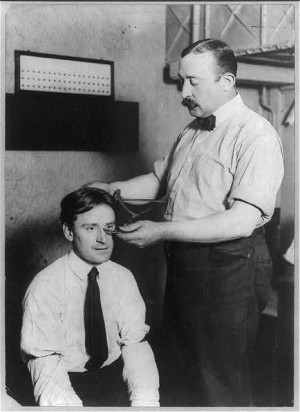
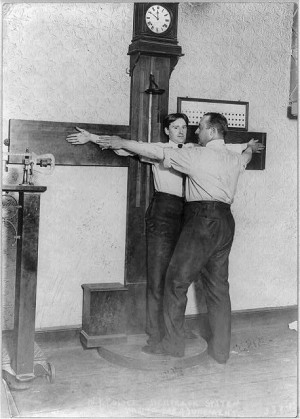
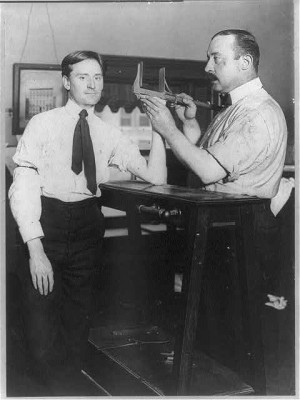
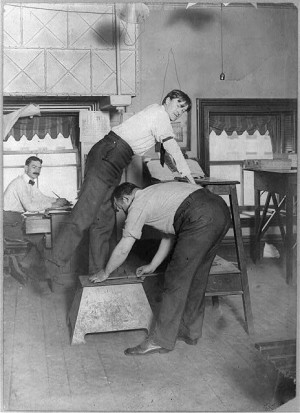
Posted By: Paul - Fri Feb 06, 2009 -
Comments (6)
Category: Crime, Fads, Science, Anthropology, Experiments, Stereotypes and Cliches, 1900s
Follies of the Mad Men #44
[From Life magazine for September 30 1940.]Either a 20th-century man's shoe has been transported through time back to pre-Columbian America, confounding the primitive redksins, or else some 20th-century Native Americans on some especially traditional and cloistered reservation somewhere are incredibly ignorant.
Or, some Madison Avenue genius thought this was brilliant.
Posted By: Paul - Mon Nov 17, 2008 -
Comments (4)
Category: Business, Advertising, Products, Fashion, Shoes, Anthropology, 1940s, Time-travel, Native Americans

| Who We Are |
|---|
| Alex Boese Alex is the creator and curator of the Museum of Hoaxes. He's also the author of various weird, non-fiction, science-themed books such as Elephants on Acid and Psychedelic Apes. Paul Di Filippo Paul has been paid to put weird ideas into fictional form for over thirty years, in his career as a noted science fiction writer. He has recently begun blogging on many curious topics with three fellow writers at The Inferior 4+1. Contact Us |

